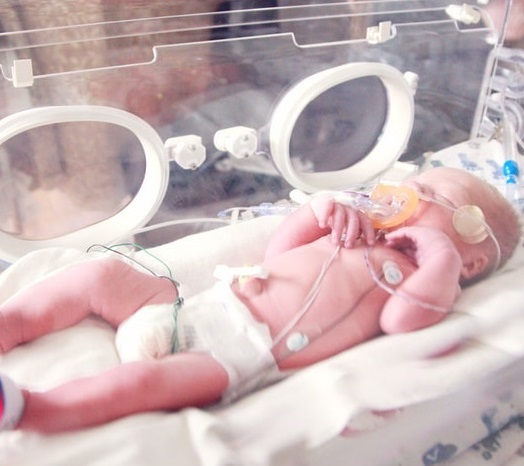Frequency of retinopathy of prematurity at a tertiary referral center
Medical hypothesis discovery and innovation in ophthalmology,
Vol. 10 No. 4 (2021),
24 February 2022
,
Page 179-184
https://doi.org/10.51329/mehdiophthal1436
Abstract
Background: With advances in medical facilities and increased survival of premature infants, the prevalence of retinopathy of prematurity (ROP) has increased. This study aimed to determine the frequency of ROP and its associated risk factors.Methods: This descriptive-analytical, retrospective study included all premature infants with a birth weight (BW) equal or less than 2,500 g and/or gestational age (GA) equal or less than 35 weeks who were referred to Imam Khomeini Hospital in Ahvaz, Iran, for ROP screening over a 7-year period from April 2013 to April 2020. Demographic criteria, associated risk factors, and findings of eye examinations were collected and analyzed.
Results: Of the 812 at-risk infants screened, 807 met the inclusion criteria. ROP was observed in 316 (39.0%) of the 807 premature infants, with types I and II in 142 (45.0%) and 174 (55.0%) infants, respectively. The mean GA (29.6 ± 2.5 weeks versus 30.7 ± 2.5 weeks) and BW (1,203.6 ± 382.8 g versus 1,333.5 ± 386.5 g) were significantly lower in infants with ROP than in those without ROP (both P < 0.001). GA (r = 0.80; P < 0.001) and BW (r = 0.85; P < 0.001) had a strong positive correlation with ROP, and the correlation increased as GA and BW decreased (all P < 0.001). Associated risk factors in infants with ROP, in order of frequency, were oxygen therapy (22.8%), respiratory distress (16.1%), phototherapy (14.6%), blood transfusion (5.7%), apnea (4.1%), mechanical ventilation (1.6%), and intraventricular hemorrhage (0.9%). Multivariate regression analyses showed low GA and BW (both P < 0.05) as independent predictors of ROP.
Conclusions: The frequency of ROP in premature infants was slightly higher than the average range reported for domestic and foreign statistics. Low BW and GA were independent predictors of ROP.

- Abstract Viewed: 0 times
- Full Text PDF Downloaded: 0 times


